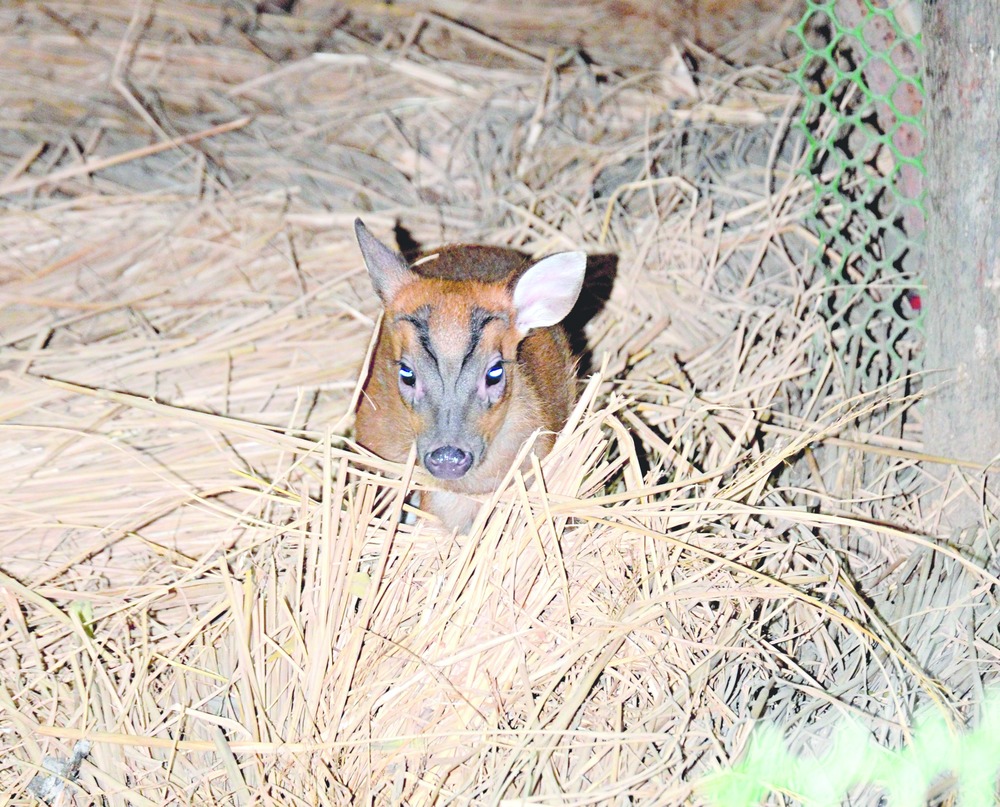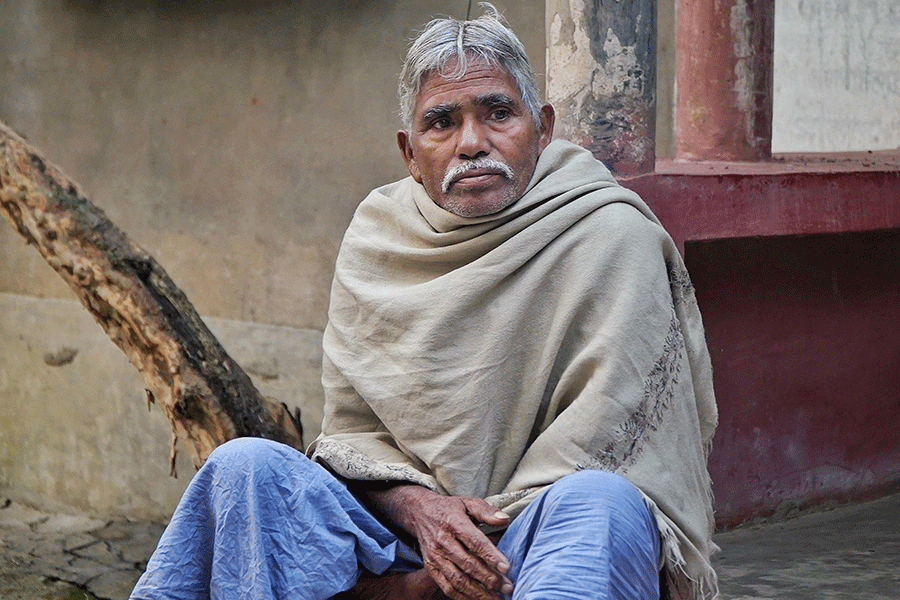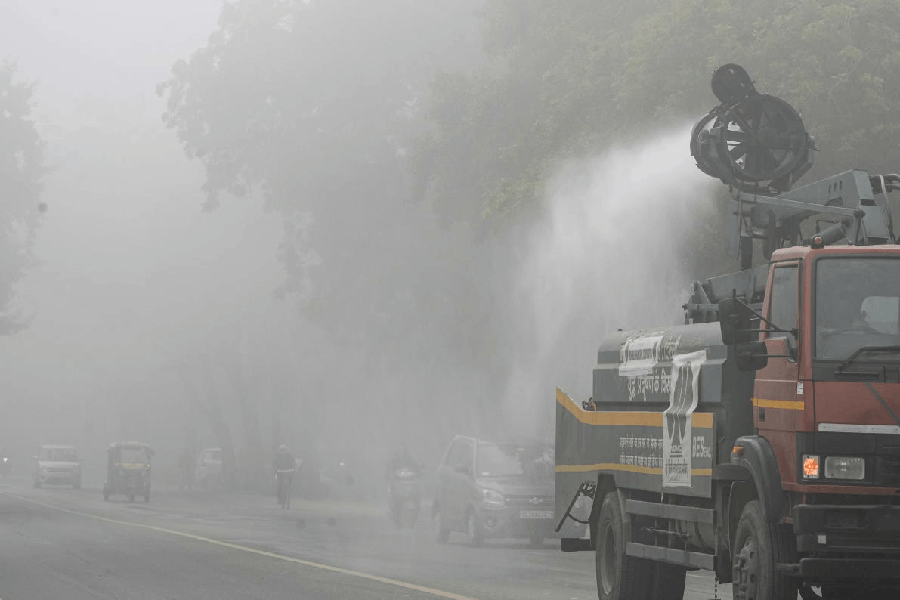
Bokaro zoo is happy to announce a new addition to its deer family.
Cheeky, the adorable Indian muntjac fawn, was born at Jawaharlal Nehru Zoological Park in the steel city on January 13 and will remain close to mummy muntjac for another four to six months before it is ready to meet visitors.
Dr Gautam Chakravarty, the zoo vet, said the that the sex of the calf was yet to be officially determined, but “most probably” it was a he. “The muntjac — commonly known as the barking deer for its alarming call — grows small, unbranched antlers if it is a male. We shall know for sure (the sex of the calf) in a few weeks,” he added.
Caretaker R.S. Mahto said the adult female — one of the five barking deer that came to Bokaro zoo from Jamshedpur’s Tata Steel Zoological Park during an animal exchange programme in December 2014 — gave birth in an isolated dense growth so that the baby was hidden from the rest of the herd.
“The barking deer are polygamous animals. Females sexually mature during their first to second year of life. The gestation period is six to seven months and they usually bear one offspring at a time, but sometimes produce twins. Cheeky, if it is a he, will leave its mother in six months to establish its own territory. Male barking deer often fight between one another for possession of a harem of females,” the zookeeper said.
Speaking on diet plans, the vet said Cheeky would feed on his mother’s milk for the next four weeks. “This is a time when no one except the caretaker is allowed near mother and child. Muntjacs are omnivores; they eat anything from grass, prickly bushes, low growing leaves, barks, twigs, herbs, fruits, sprouts, seeds and tender shoots to bird eggs and small warm-blooded animals. We may start fodder for the calf after a month.”
Ever since she delivered her baby, mummy muntjac is on extra doses of vitamins and calcium apart from her regular fodder of grass and leaves.
“We will continue the supplements till she milks and feeds the calf,” Dr Chakravarty said, adding that mother and baby would be ready to mingle with the herd only after the calf stopped breast-feeding.
The Indian muntjac (Muntiacus muntjak), also called the red muntjac, is a common deer in Southeast Asia and listed as an animal of least concern by International Union for Conservation of Nature (IUCN).
These deer are highly alert animals. When put into a stressful situation or if a predator is sensed, muntjacs begin barking. They also bark to alarm the herd when visibility is reduced and the call can last for over an hour.










